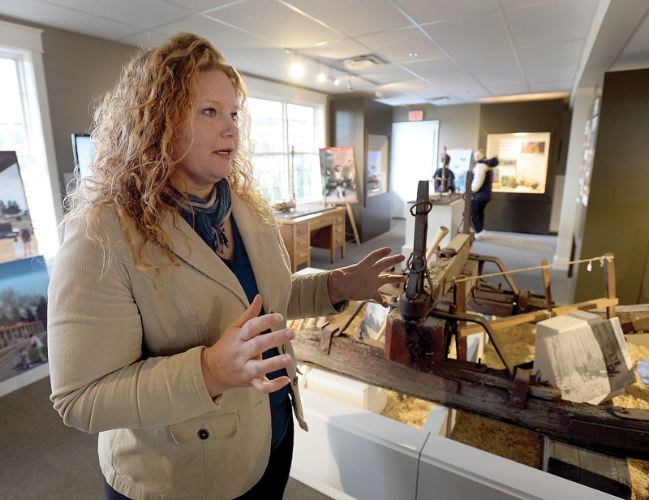A new exhibit at the Central B.C. Railway and Forestry Museum sheds light on the important contributions of Indo-Canadians to the region's forest industry, and the challenges of settling a new -not always welcoming - country.
A History of Indo-Canadians in the Forest Industry: A Journey of Challenges and Triumphs from Early Pioneers to the 1960s and '70s opened on Saturday. The exhibit includes excerpts from interviews with Indo-Canadians who took part in the region's forest sector in the '60s and '70s, executive director Ranjit Gill said.
"We wanted to capture some of that oral history before that section of the population are no longer here. The highlight of the exhibit is the memories," Gill said. "We wanted to highlight the Indo-Canadian contribution to the resource sector and how Prince George came to be."
The exhibit examines the challenges faced by Indians seeking to immigrate to Canada, including the infamous Komagata Maru Incident in 1914 in which a ship carrying 376 passengers from Punjab, India -all British subjects -was prevented from landing its passengers in Vancouver under exclusion laws intended to keep Asian immigrants out of the country. The ship arrived on May 23, 1914 and was eventually ordered to leave Burrard Inlet on July 23 and return to India after only 20 passengers were allowed into Canada.
When the ship docked at Budge Budge, India in September 1914, British authorities attempted to arrest 21 passengers seen as ringleaders, and 19 passengers were shot in the ensuing riot while others were arrested.
The incident prompted calls for immigration reform in Canada.
Museum curator Katherine Carlson said B.C. and the north saw waves of immigration from India over the past century, as immigration laws made it easier, or harder, for Indian citizens to come to Canada.
Many immigrants came from the Punjab region of India, and were of the Sikh faith, she said. Sikhs are a religious minority in India and have faced persecution during and following the British colonial rule of India for their religion and for calling for the creation of a separate Sikh state.
At the same time, changes to the economy meant traditional subsistence farmers could no longer afford to survive on small plots of land, she said.
"People were losing their land. They needed to look for new adventures... new ways to live," she said. "The railway was advertising that they needed labourers. This was a great opportunity."
Even though Indo-Canadians didn't face the same legalized racism in the '60s and '70s as they did in the early 20th Century, Carlson said, many still faced challenges settling in their new home country.
Many had degrees and professional certifications that weren't recognized in Canada, she said.
"One individual had an agricultural degree... but it wasn't accepted here. So he went into forestry. Another was an accountant [in India,]" Carlson said. "One thing that is very common [among the individual stories] is when people depart to immigrate here, they often left their families behind. The gentlemen who came here, they had to almost form a brotherhood with other people in the same circumstances."
Carlson said the museum is still looking to gather more personal memories and stories from Indo-Canadian families about their journey to Canada and work within the forestry sector.
People can either write down a short story or recollection, or arrange an interview with a member of the museum staff, she said. Contact the museum at 250-563-7351 for more information.
"There is very little written about the Indo-Canadian experience in the forest industry," Carlson said. "For me it was important to distribute the [individual] narratives throughout our history."
The exhibit is sponsored by the Prince George Community Foundation and the Corporate Initiatives and Multicultural Division of the Ministry of International Trade.



